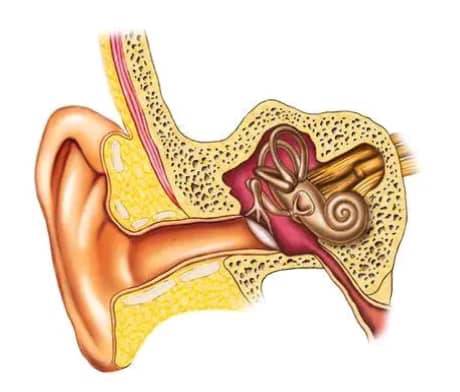Kidneys can suffer from various diseases.
 |
| Kidney stone |
When the urine becomes too thick, many salts such as calcium oxalate, calcium and
ammonium phosphate, uric acid, etc. crystals form in it. Such large crystals cannot pass
through the urine and accumulate in the form of solid material, called kidney stones. Most
kidney stones start in the kidney. A few stones and batteries and battery blades can also be
removed.
The main causes of kidney stones are age, diet (saber vegetables, salts, Valkamin C and
Ds Yadulina), and frequent infections in my palms, drinking less water and alcohol.
Symptoms of kidney stones include severe pain in the kidney or lower abdomen, frequent
urination, and foul-smelling urine that contains blood and pus.
By drinking more water, about 90 percent of the sodium and potassium can pass through the
system. In the treatment by surgery, the affected part is opened and the stones are removed
from there. Another method of removing kidney stones is lithotripsy. In this way and in my
stem, but not from the outside. Electrical shock waves (non-electrical shock waves) are
emitted. These rays hit the big stones and break them. Then they become like sand and
come out through urine.
Kidney Failure
Complete or partial failure of kidney function is called kidney failure. Diabetes mellitus and
hypertension is the major cause of kidney failure. Sometimes kidney failure is a symptom of poor blood supply to the kidneys due to an increase in the amount of urea and other irregular substances in the blood. that show the symptoms of your weight loss are nausea and vomiting, frequent urination, and blood in the urine. Excess fluid in the body can cause swelling in the legs, feet, and face and shortness of breath. The treatment of kidney failure is done by two methods that are dialysis and kidney transplant. Obstructions or taking too many medicines can also make them useless. (kidney transplant)
is done.
Dialysis
Dialysis refers to the purification of blood by artificial means. This process is complete with in two ways.
Peritoneal Dialysis
In this dialysis method, a dialyzer fluid is injected into the peritoneal cavity (the space around the gut) for a fixed period of time. It is pumped
 |
| Dialysis process |
When we keep Diacer fluid in the perineal QBI, the abnormal substances present in the
blood vessels of the peri-toe team penetrate into this Diacer fluid. The dialyzer fluid is then
withdrawn. This type of Diya Sar can also be done at home but it has to be done daily.
2. Hemodiacer
In hemodialysis, the patient's blood is passed through an apparatus called a dialyzer. Inside
the dialyzer are Labyrinths, the walls of which serve as semi-PL membranes. Blood flows through these vessels while the dialyzer fluid flows around these vessels. Excess water and waste products leave the blood and enter the dialyzer fluid. The purified blood is re-introduced into the body. Hemuda Balsar treatment is done three times a week at Dabalsar Centers.
Kidney Transplant
We know that the dialysis process takes two beats after a few days. The process is also
unpleasant for patients and their attendants. Another treatment for end-stage kidney failure
is a kidney transplant. In this treatment, the patient's non-functioning kidney is replaced with a healthy kidney from a donor. The one doing the Guru may be dead or alive. There is no essential.
That the kidney donor should be a relative of the patient. Before the transplant, the donor and patient tissue proteins are tested for compatibility. The donor's kidney is transplanted into the patient's body and connected to the blood circulatory and circulatory systems. when a person received a kidney then this kidney for 10 to 15 years does work perfectly. When a transplant fails, the patient can be transplanted with a new kidney. In such a case, the patient is treated with dialysis for the medium term. Post-transplant problems include tissue rejection, infections, and salt imbalances in the body (which can result in bone problems and ulcers).
Abu Nasr Al Farabi (951-872 AD) was a famous scientist who gave information about kidney diseases in many of his books. A scientist of exceptional ability, Abul Qasim Azhrawi (936-1013), also known as Albucasis, is considered one of the great surgeons of Islam. He invented several surgical methods, including methods for removing gallstones from my bladder. His Encyclopaedia al-Tasrif (Procedure) contains more than 200 surgical medical instruments that he designed himself.

.jpg)

.jpg)


